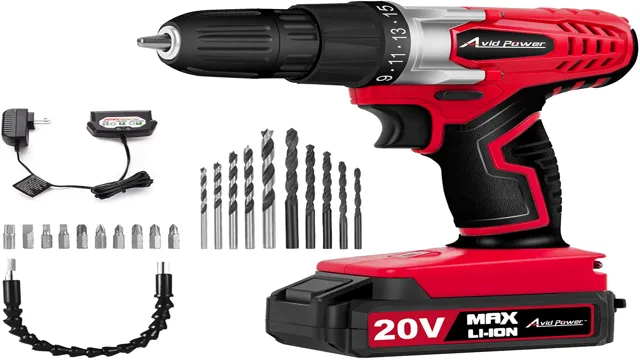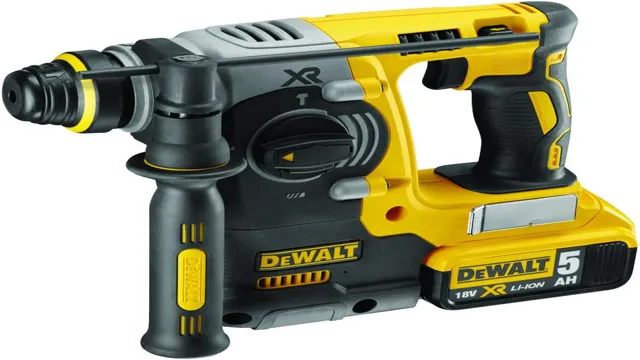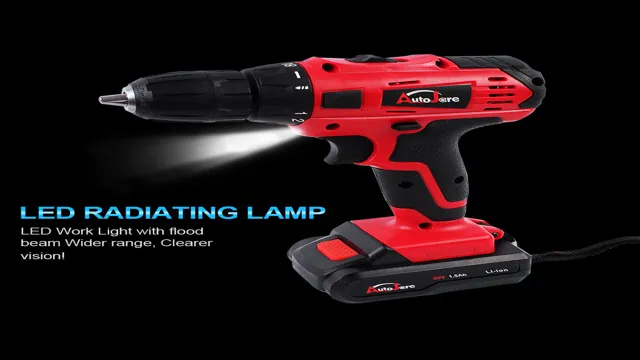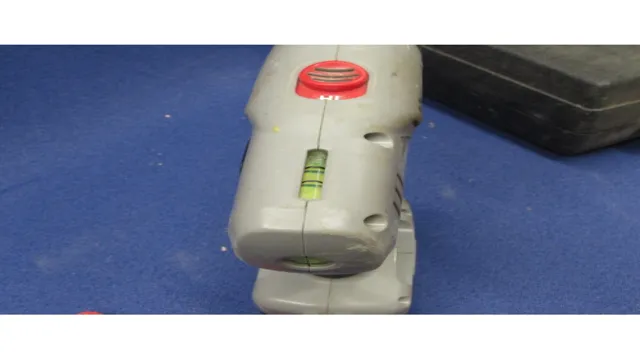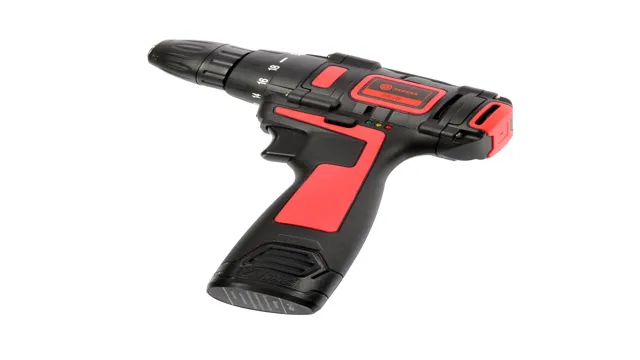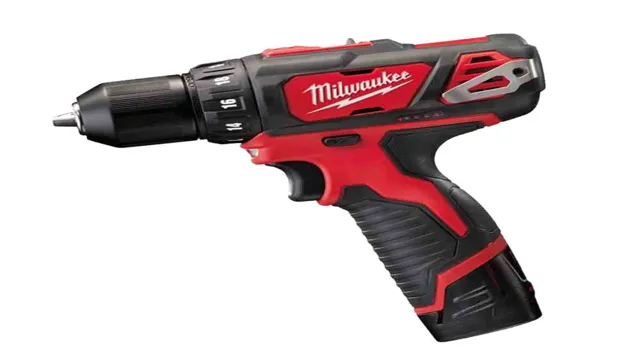How Much Torque Does a Cordless Power Drill Have? A Comprehensive Guide
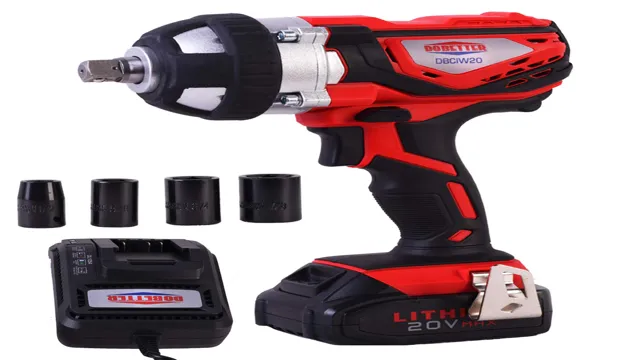
Have you ever wondered how cordless power drills produce enough torque to handle tough jobs? Well, we’ve got all the information you need to understand the torque behind these powerful tools. Torque is the force that drives a drilling bit or screwdriver, and it is essential for the efficient completion of various drilling tasks. In this blog, we’ll explain what torque means, how it relates to cordless power drills, and what you should know before purchasing one.
So, keep reading to learn all about the torque of cordless power drills and take your DIY projects to the next level!
Introduction
If you’re in the market for a cordless power drill and wondering how much torque you need, the answer ultimately depends on what kind of projects you plan on tackling. Most cordless drills come with torque settings that range from 200 to 500 inch-pounds. However, higher-end models can have torque outputs of up to 1,200 inch-pounds or more.
The amount of torque determines how much rotational force the drill can apply to a screw or drill bit, making it an important factor to consider when selecting a cordless drill. If you plan to use your drill for simple DIY tasks around the house, such as driving screws into wood or drywall, a drill with lower torque settings will likely suffice. However, if you plan to tackle more heavy-duty projects, such as drilling through thick metal or dense hardwoods, you may want to invest in a drill with higher torque capabilities.
Overall, it’s essential to match your drill’s torque output to the projects you’ll be working on to ensure you have the necessary power to get the job done efficiently and effectively.
What is Torque?
Torque is a fundamental concept in physics that refers to the turning or twisting force exerted on an object. Essentially, it facilitates the rotation of an object around a fixed axis or pivot point. When you apply a force to a wrench or a bolt head, for instance, you’re creating torque.
Torque is measured in units of force multiplied by distance, typically Newton-meters or pound-feet. The formula for torque calculation involves multiplying the force applied perpendicular to the lever arm by the distance between the axis of rotation and the force. In simpler terms, torque represents the ability of a force to cause rotational motion around a specific point.
Can you think of any real-life examples where torque is used? How about opening a jar of pickles or tightening a nut on a bicycle? These are just a couple of everyday tasks where torque plays a crucial role.
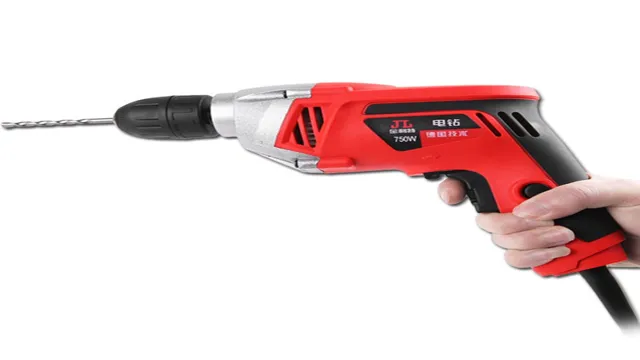
Factors Influencing the Torque of Cordless Power Drills
When it comes to cordless power drills, the amount of torque they produce depends on several factors. The first factor is the power of the motor, with more powerful motors generally producing higher levels of torque. Another important factor is the battery voltage, as higher voltage batteries can supply more power to the motor.
Additionally, the gear ratio of the drill plays a role in the torque output, with higher gear ratios providing more torque for tougher jobs. The type of materials being drilled into can also affect the amount of torque needed, with harder materials requiring more torque. Finally, the design of the chuck can impact the torque, as a higher-quality chuck can grip the drill bit more tightly and maximize the transfer of power.
Overall, when considering how much torque a cordless power drill has, it’s important to think about these various factors and choose a drill that meets your needs for the specific job at hand.
Battery Size and Voltage
When it comes to cordless power drills, battery size and voltage are two factors that strongly affect the torque output of the tool. Generally, larger batteries with higher voltages tend to provide more torque compared to smaller ones. This is because bigger batteries have greater power capacity, allowing them to deliver more current to the drill’s motor.
Additionally, higher voltage batteries increase the amount of electrical energy flowing to the motor, resulting in more rotational force and faster drilling speeds. However, it’s worth noting that larger batteries may also increase the weight of the drill, making it bulkier and less comfortable to handle. As such, finding the right balance between battery size and voltage is crucial for maximizing the drill’s performance while ensuring ease of use.
Overall, for those looking for a cordless power drill with extra torque, choosing a model with a larger battery and higher voltage is a wise choice.
Clutch Settings
Clutch Settings Cordless power drills have become an indispensable tool in every DIY-er and professional’s toolkit, thanks to their versatility, ease of use, and portability. However, one of the critical factors that determine their effectiveness is their torque, which refers to their rotational force. Torque enables the drill to handle various materials with varying hardness and resistance, such as hardwood, concrete, and metal.
You May Also Love:
One of the ways that drill manufacturers control the torque of cordless power drills is through clutch settings. The clutch is located between the drill’s chuck and the motor and regulates the amount of torque that is transmitted to the drill bit. When the clutch setting is low, only a minimal amount of torque is emitted, ideal for delicate tasks and drilling into softer materials such as drywall or wood.
In contrast, higher clutch settings can deliver maximum torque, making it possible to bore into tough materials such as concrete or metal. It is crucial to understand the clutch settings of your cordless power drill as they will affect the performance and safety of the tool. Incorrect clutch settings can damage your workpiece or the drill itself.
So, when using a cordless power drill, take the time to determine which clutch setting is appropriate for your drilling application and adjust it accordingly.
Type of Drill Bit
When it comes to cordless power drill torque, one factor that plays a significant role is the type of drill bit being used. Different drill bits have varying degrees of hardness and can handle different materials, and the hardness can impact the torque required to drill through those materials. For instance, a masonry drill bit designed for drilling through concrete will require more torque than a wood drill bit designed for drilling through softer materials like pine or cedar.
Additionally, the size of the drill bit can influence torque as larger bits require more force to rotate and drill through the material. It’s essential to choose the right drill bit for the job and understand how it can impact the torque of your cordless power drill to ensure success in your tasks.
Average Torque Ranges for Cordless Power Drills
If you’re in the market for a cordless power drill, you might be wondering how much torque these handy tools have. Generally speaking, the average torque range for cordless power drills is between 300 and 800 pounds per inch (lb.-in.
). However, there are some more high-end models that can reach up to 1,200 lb.-in.
of torque. The amount of torque a drill has will depend on a number of factors, including the brand, size, and power of the battery. Higher voltage batteries will typically provide more torque, so you may want to factor this in when selecting your drill.
Additionally, the type of drill bit you’re using will also play a role in the amount of torque you need. For example, a spade bit will require more torque than a standard drill bit. Overall, it’s important to choose a drill with enough torque to handle the jobs you have in mind, but also keep in mind that too much torque can lead to stripped screws or damage to your materials.
Compact Drills
When it comes to choosing a new cordless power drill, one of the key factors you should consider is the drill’s torque range. Torque is the measure of rotational force that the drill can generate, and having a good range of torque settings can make a big difference in the types of materials you can drill and the size of the holes you can make. When it comes to compact drills, the average torque range is typically between 200 and 400 inch-pounds.
This range should be sufficient for most basic drilling tasks around the home or job site, such as drilling pilot holes, installing screws and bolts, and even creating small holes in wood or metal. Of course, if you need more power for tougher materials or larger holes, you may want to consider a larger drill with a higher torque range. But for most people, a compact drill with an average torque range is more than enough to get the job done.
So if you’re looking for a new cordless power drill, make sure to pay attention to the torque range and choose one that suits your needs.
Mid-Size Drills
Mid-size drills are versatile tools that can handle a variety of tasks around the house or on the jobsite. When looking for a cordless power drill, it’s important to consider its torque range. Torque is the force that causes an object to rotate around an axis, and it’s measured in pounds per inch or Newton meters.
Mid-size drills typically have an average torque range of 300-600 in-lbs or 30-70 Nm. This is enough power to handle most DIY projects, such as drilling through wood, metal, or plastic. However, if you’re working on heavier-duty tasks, such as drilling through concrete or thick metal, you may want to consider a drill with a higher torque range.
It’s also important to remember that torque isn’t the only factor to consider when choosing a drill. You should also consider the drill’s battery life, speed settings, and chuck size. By doing your research and finding the right mid-size drill for your needs, you can tackle any project with ease.
Heavy-Duty Drills
When it comes to heavy-duty drills, one of the essential things to consider is the torque range. Torque is the measure of twisting force, and it is crucial when dealing with tough materials that require a lot of power to drill through. Average torque ranges for cordless power drills vary, and it is vital to select one that suits the task at hand.
Generally, the torque range for heavy-duty drills can range anywhere from 500 to 1500 inch-pounds, depending on the model and brand. The higher the torque, the more power the drill can produce, making it suitable for drilling through challenging materials such as concrete or metal. However, too much torque can cause damage to the material or the drill itself, which is why selecting the appropriate torque for the task is essential.
In short, when looking for a heavy-duty drill, consider the torque range, and pick one that is suitable for the job.
Conclusion
In conclusion, the amount of torque a cordless power drill has depends on various factors such as its model, size and battery power. However, on average, a cordless power drill can produce enough torque to effortlessly drive screws, drill into tougher materials, and help you finish any DIY project with ease. So go ahead, grab your drill and let the torque do the talking!”
FAQs
What is the average torque of a cordless power drill?
The average torque of a cordless power drill is around 350-400 in-lbs.
Is torque important in a power drill?
Yes, torque is an important factor in a power drill as it determines the force that the drill can apply to the workpiece.
Can cordless power drills generate enough torque for heavy-duty tasks?
Yes, cordless power drills can generate up to 1200 in-lbs of torque which is sufficient for heavy-duty tasks.
How does the torque of a cordless power drill affect its battery life?
The higher the torque of a cordless power drill, the more battery it will consume. Hence, it is advisable to choose a drill with the right balance of torque and battery life.
Does the voltage of a cordless power drill affect its torque output?
Yes, the voltage of a cordless power drill determines its torque output. Higher voltage tools usually have higher torque output as compared to lower voltage ones.
Can the chuck size of a cordless power drill affect its torque?
No, the chuck size of a cordless power drill does not affect its torque. It only determines the maximum diameter of the drill bit that can be inserted.
How does the speed setting of a cordless power drill affect its torque output?
The speed setting of a cordless power drill affects its torque output, as lower speeds provide higher torque but slower drilling speed, whereas higher speeds provide lower torque but faster drilling speed.

